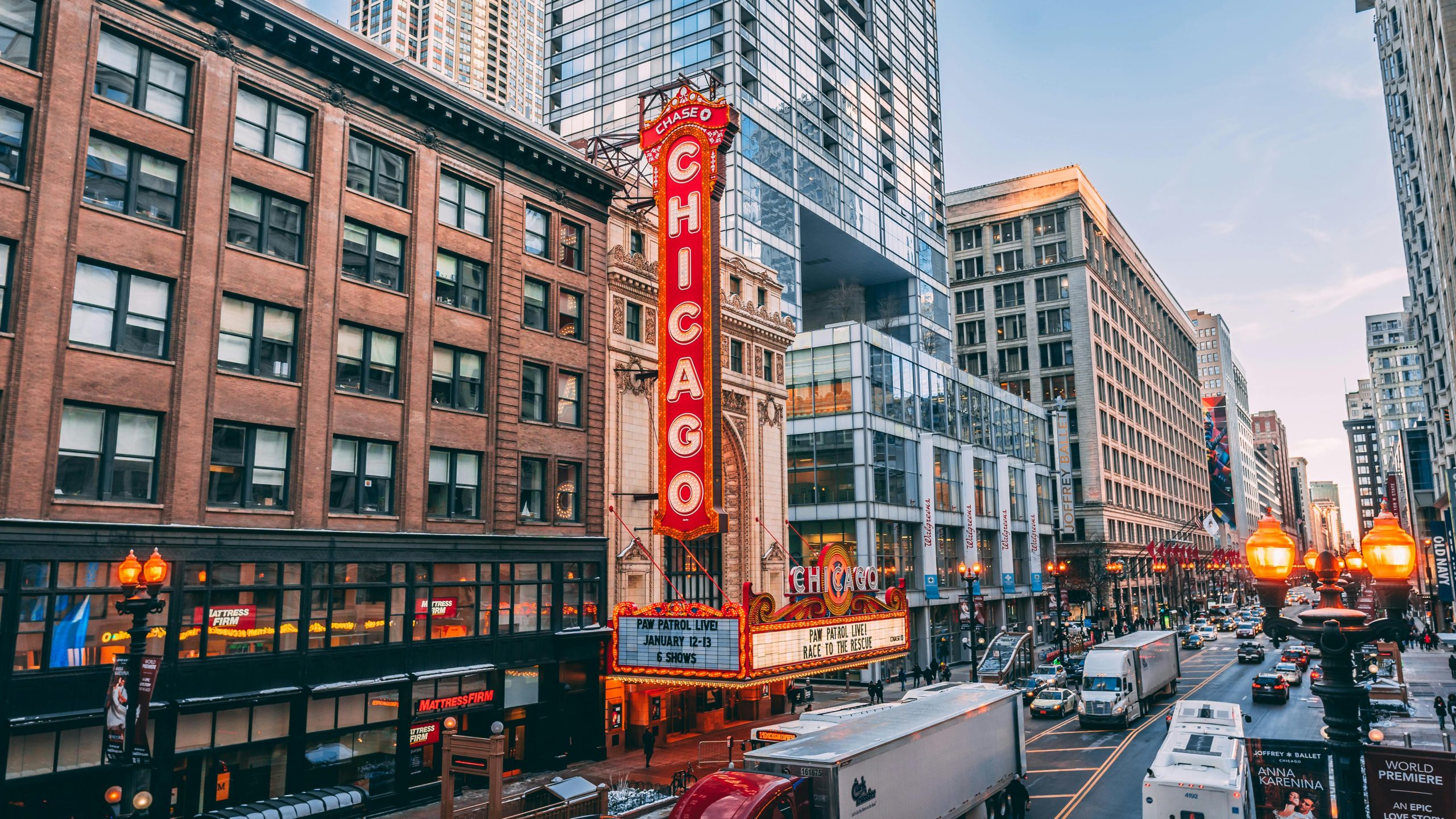While North Carolina‘s coastal charm and rich history draw visitors from neighboring states, there’s a growing concern about the safety landscape, urging residents and potential homeowners to consider robust security measures. As someone who has traversed the state, from its western marvels like Asheville to the bustling beaches, the diverse attractions prompt contemplation on the safety levels within this picturesque region.

Asheville’s Grandeur Masks Broader Safety Reflections
Amidst the exploration of Asheville’s grandeur, once hosting the illustrious Vanderbilts at the Biltmore, a deeper contemplation on the safety aspects emerges. The opulence of America’s castle contrasts with the broader safety concerns in North Carolina, prompting a critical evaluation of security measures for residents.
Touring the state’s myriad sights unveils a tapestry of experiences, yet the need for enhanced safety becomes evident. For residents and future homeowners, the call to bolster home security measures, potentially through reliable security cameras, gains significance in light of statistical reflections.
Embarking on a journey through North Carolina’s most dangerous cities becomes a sobering reality check. Beyond the surface beauty lies a nuanced safety landscape, urging communities to prioritize effective crime prevention strategies. Join us as we navigate through the intricacies of safety challenges in this diverse and vibrant state.
READ ALSO: Alaska’s Safety Spectrum: Examining the Most Dangerous Cities in 2023
North Carolina’s Safety Struggles: A Snapshot of High-Crime Cities
- Gastonia (Population: 81,000): A crime rate of 48.49 per 1,000 people and 1 in 21 odds of falling victim to violence underscore the urgency for effective crime prevention in Gastonia.
- Rockingham (Population: 9,031): Despite its small size, Rockingham faces significant crime challenges with a crime rate of 5,556, emphasizing the impact of gangs and drug activity on community safety.
- Reidsville (Population: 14,125): With a crime rate 124% higher than the state average, Reidsville grapples with safety concerns, emphasizing the community’s need for support and crime prevention strategies.
- Albemarle (Population: 16,628): Positioned near the coast, Albemarle’s crime rate of 6,588 per 100,000 people reveals the complex interplay of social and economic factors contributing to crime.
- Lumberton (Population: 19,025): Widely recognized as the most dangerous city, Lumberton faces a disproportionately high crime rate of 132.30 per 1,000 residents, primarily attributed to drug activity, necessitating comprehensive strategies for improved safety and community well-being.




